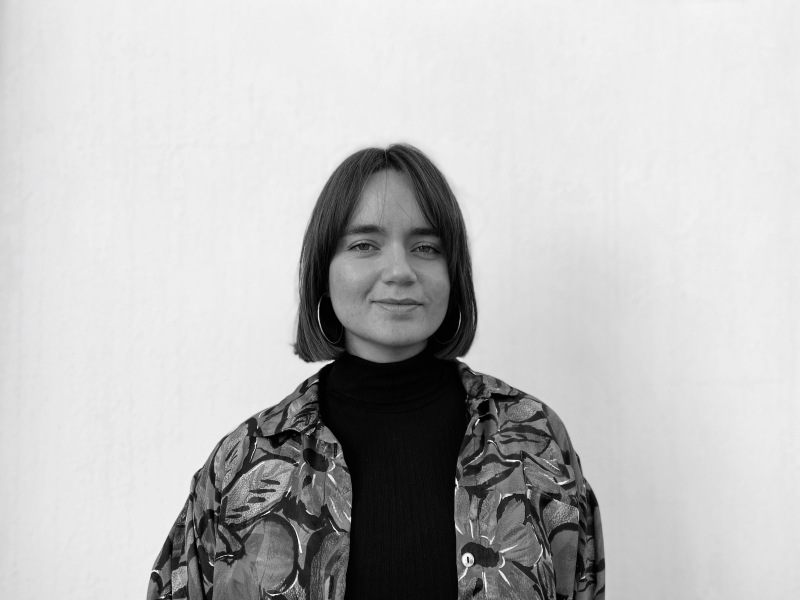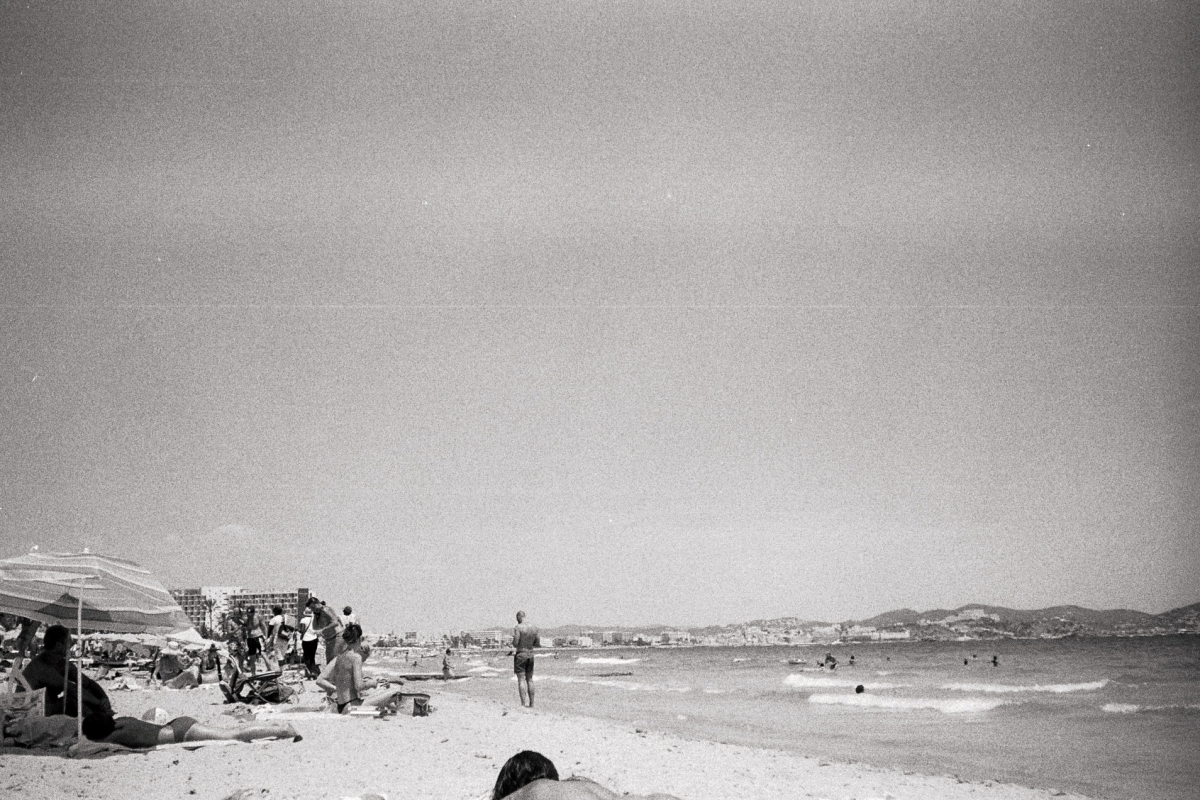What makes a city a city?
“People still live here, in the neighbourhood, even if it’s harder to talk to each other. When I go out for a walk, it’s been two hours and I’ve already bumped into five people saying ‘hey, Alejandrito, how are you’”, Alex, 23, Aiora.
How do we, as social beings, live and coexist in our urban realms?
“When I go out, I’m constantly saying ‘hello’. Street life encourages familiarity, and it doesn’t matter that you’re not blood family”, Mª Ángeles, 67, Cabañal.
The force capable of transforming the definition of city from a conglomerate of opposites (privatised–collective, intimate–public, forbidden–accessible) to one continuous fabric, an indissociable kaleidoscope of experiences, are its inhabitants. How they feel, walk, talk, touch, love, hate the place. How they own it, …
“How do you become excited about something? You get involved. I’ve always tried to engage with any local actions and projects in my neighbourhood” Paco, 58, El Carme
… and how they govern it.
“We need less bureaucracy and less of this generational, old fear of raising our voices against the unjust. We need people to feel free and a more fluid Administration to respond to citizens’ action”, Carol, 47, Camins al Grau.
Continue reading →








